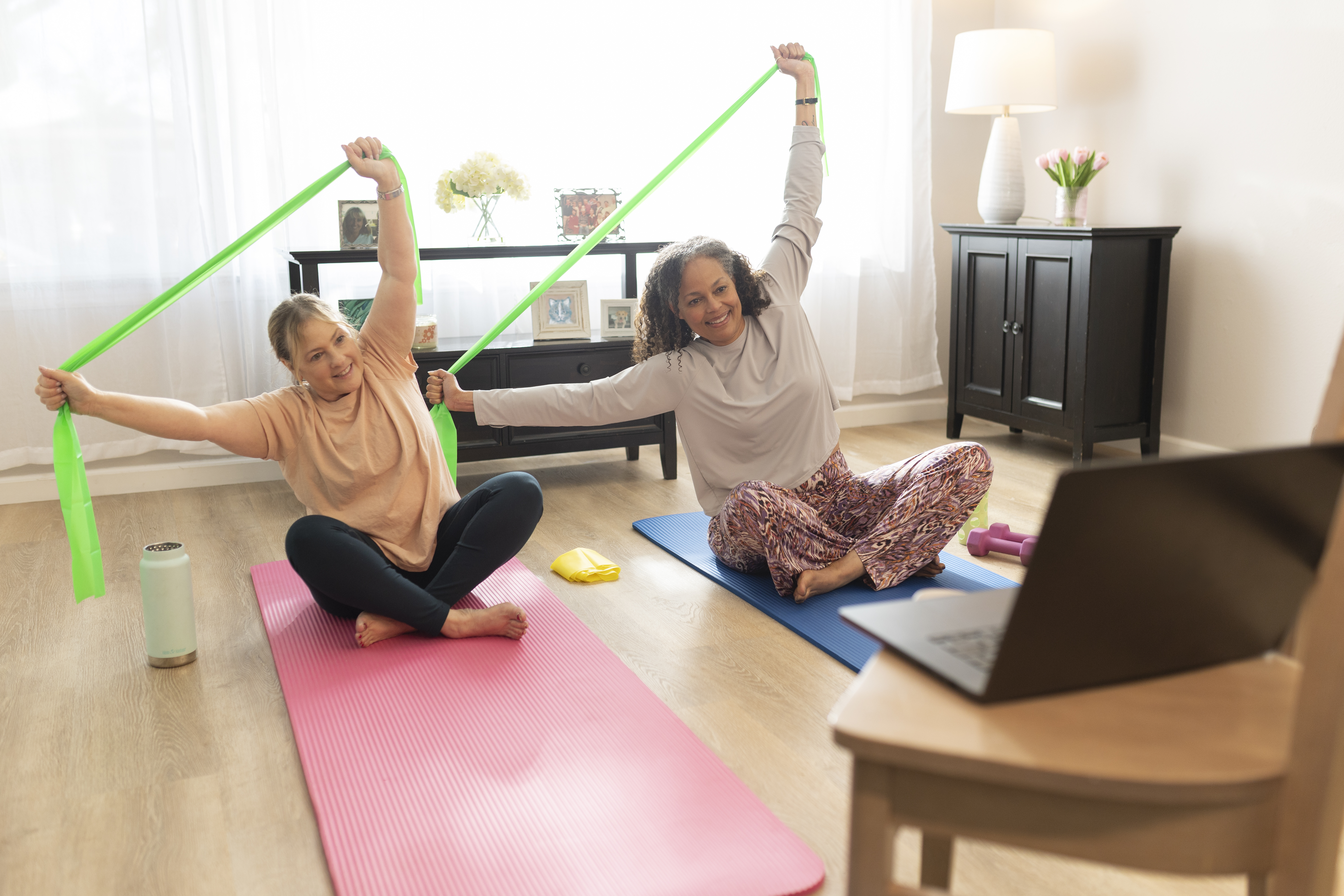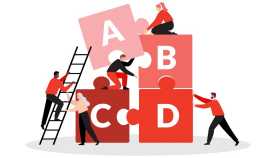AARP Hearing Center

How Muscle and Mobility Support Your Health
If you’re over 50 and want to feel stronger, sharper, and more in control of your health - you’re not alone. I see you. And let me just say this: aging doesn't have to mean slowing down. It means being smarter about how we move.
As a nurse practitioner with over 25 years in healthcare, I’ve treated thousands of patients, and do you know what I’ve learned? Your mobility is one of the most underrated tools for staying independent and active as you age.
And no, we’re not talking about running marathons or lifting heavy weights (unless that’s your thing!). I’m talking about being able to get up without help, keep your balance, and walk confidently into the next chapter of your life.
What Does Mobility Really Mean?
Let’s start here. Mobility isn’t just about moving; it’s about how well you move. It’s your muscle strength, balance, coordination, and flexibility all working together to help you go about your day without pain, fear, or limitations.
Over time, if we’re not intentional, those systems start to weaken. And unfortunately, it happens a lot earlier than people think. We naturally lose about 3–8% of muscle mass per decade after age 30 and that process speeds up after 50. It’s called sarcopenia, and it’s one of the top reasons why so many older adults experience falls, injuries, and health decline.
But here’s the good news: it’s not too late to change that trajectory.
Why Mobility Is Your Superpower
Keeping your muscles and joints strong isn’t just about moving better; it’s about living better. When you’re mobile, you feel more confident. You feel safer in your body. And that confidence spills over into your relationships, your mindset, and even how you sleep at night.
Let’s break it down:
- Fewer Falls: The CDC says that 1 in 4 adults over the age of 65 falls each year. Strength and balance training can cut that risk dramatically.
- Better Brain Health: Movement increases blood flow to the brain, improves memory, and helps reduce your risk of dementia.
- Mood Boosting: Exercise helps release endorphins, serotonin, and dopamine. These are all-natural, feel-good chemicals that help reduce depression and anxiety.
- Heart Support: Staying active keeps your heart strong and improves circulation.
- More Independence: Being mobile helps you maintain your freedom so you can keep doing your errands, traveling, or simply taking care of yourself at home without needing help.
Warning Signs to Watch For
- Sometimes the signs of mobility decline are sneaky. It’s not always a dramatic fall or sudden pain. Sometimes it’s subtle, like:
- Slower walking speed
- Feeling off-balance when turning around
- Avoiding stairs or curbs
- Using your arms to push off a chair instead of standing up smoothly
- Feeling more tired after doing things that used to be easy
If any of this sounds familiar; don't panic. But don't ignore it either. The sooner you start working on your mobility, the more you can prevent further decline.
What You Can Do (Even If You're Just Getting Started)
You don’t need a gym. You don’t need fancy equipment. What you do need is a plan and some consistency.
As a nurse and someone who’s coached many folks through this stage of life, here’s what I recommend:
- Strengthen Your Muscles: Use resistance bands, light weights, or your own bodyweight. Try things like chair squats, wall push-ups, or step-ups. Aim for at least two days a week.
- Stretch Your Body: Flexibility helps you move more freely and prevent injuries. Do light stretching in the morning or after a walk. Even five minutes counts.
- Work on Balance: Practice standing on one foot while brushing your teeth. Or try heel-to-toe walking in a straight line down your hallway.
- Keep It Moving All Day: You don’t need to do an hour-long workout. “Movement snacks” throughout the day - like walking during TV commercials or stretching after sitting - can add up to make a difference.
- Find What Feels Good: Whether it’s dancing in your living room, gardening, swimming, or walking with a friend -movement should feel good, not punishing.
How Often Should You Move?
According to the American College of Sports Medicine, here’s a general guide for adults age 50-plus:
- 150 minutes of moderate aerobic activity each week
- Strength training at least twice a week
- Balance and flexibility exercises 2–3 times a week
That might sound like a lot, but it breaks down to just 20–30 minutes a day. And trust me, your body, your mood, and your doctor will thank you.
I always say: It’s never too early and it’s never too late to take care of yourself.
Your mobility is something you can build, protect, and celebrate—at any age. So whether you’re already active or just starting to get back into it, I want you to know: You have power. You have options. And you have me cheering you on!
***The information shared in this article is provided for educational purposes only. It is not intended to replace professional medical advice, diagnosis, or treatment from a qualified healthcare provider. If you are experiencing a medical emergency, please call 911. Always consult your healthcare provider for any medical concerns, and do not delay seeking professional advice based on the content found on this website. AARP is not responsible for the consequences of any decisions or actions taken in reliance upon or as a result of the information provided.***

ABOUT NURSE ALICE BENJAMIN
With over 25 years of healthcare experience, Nurse Alice is an accomplished family nurse practitioner and clinical nurse specialist whose expertise spans from critical care and emergency medicine to cardiology and community health.
In addition to her clinical work, Nurse Alice is a respected educator, media health contributor, and public speaker who has collaborated with organizations such as the American Heart Association, AARP, and NBC News.































































